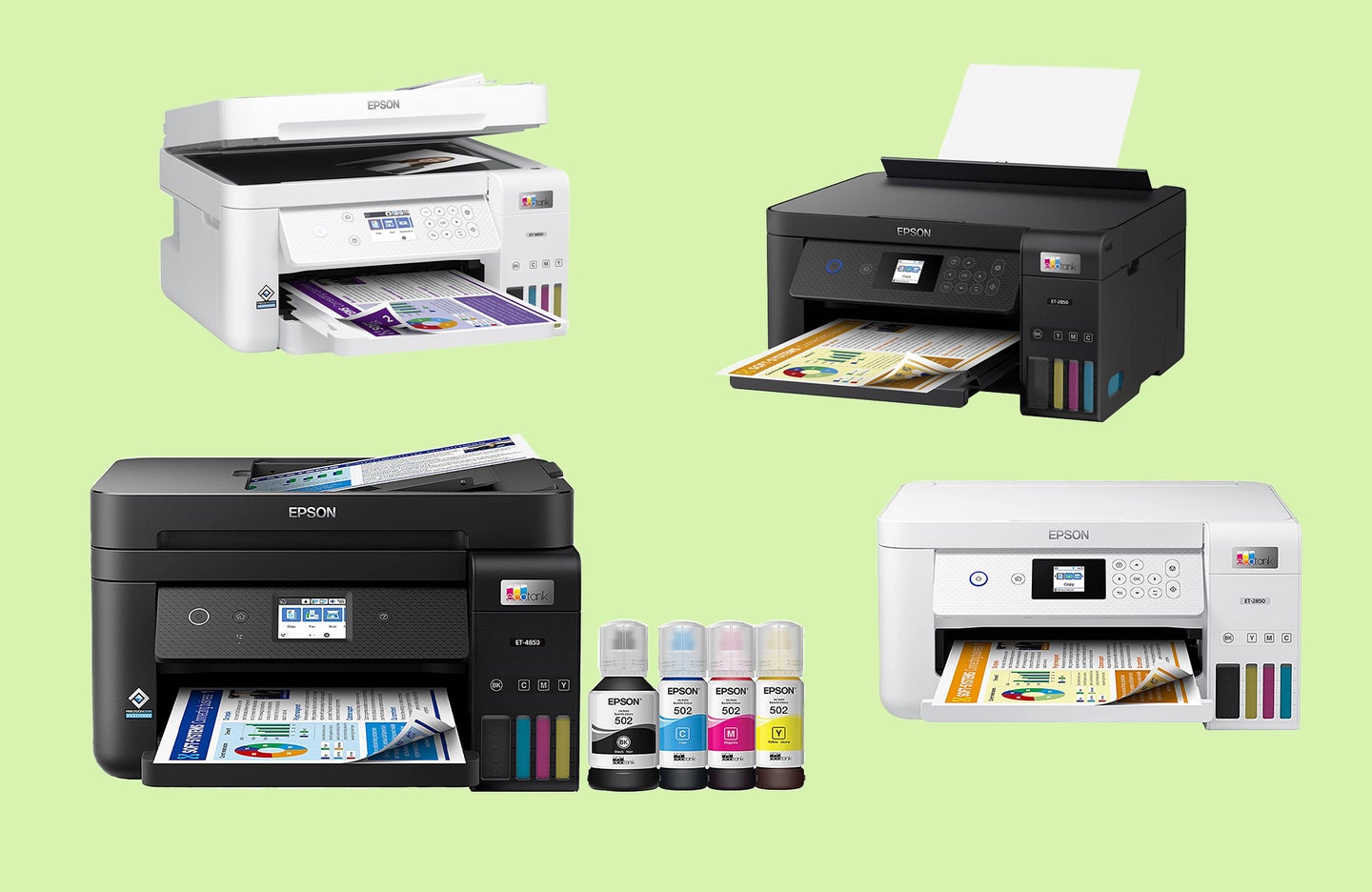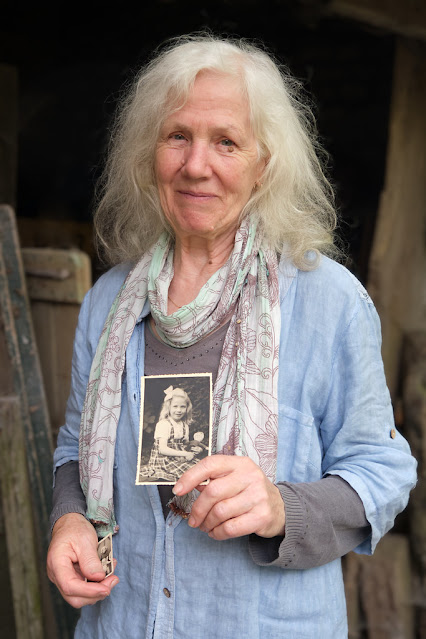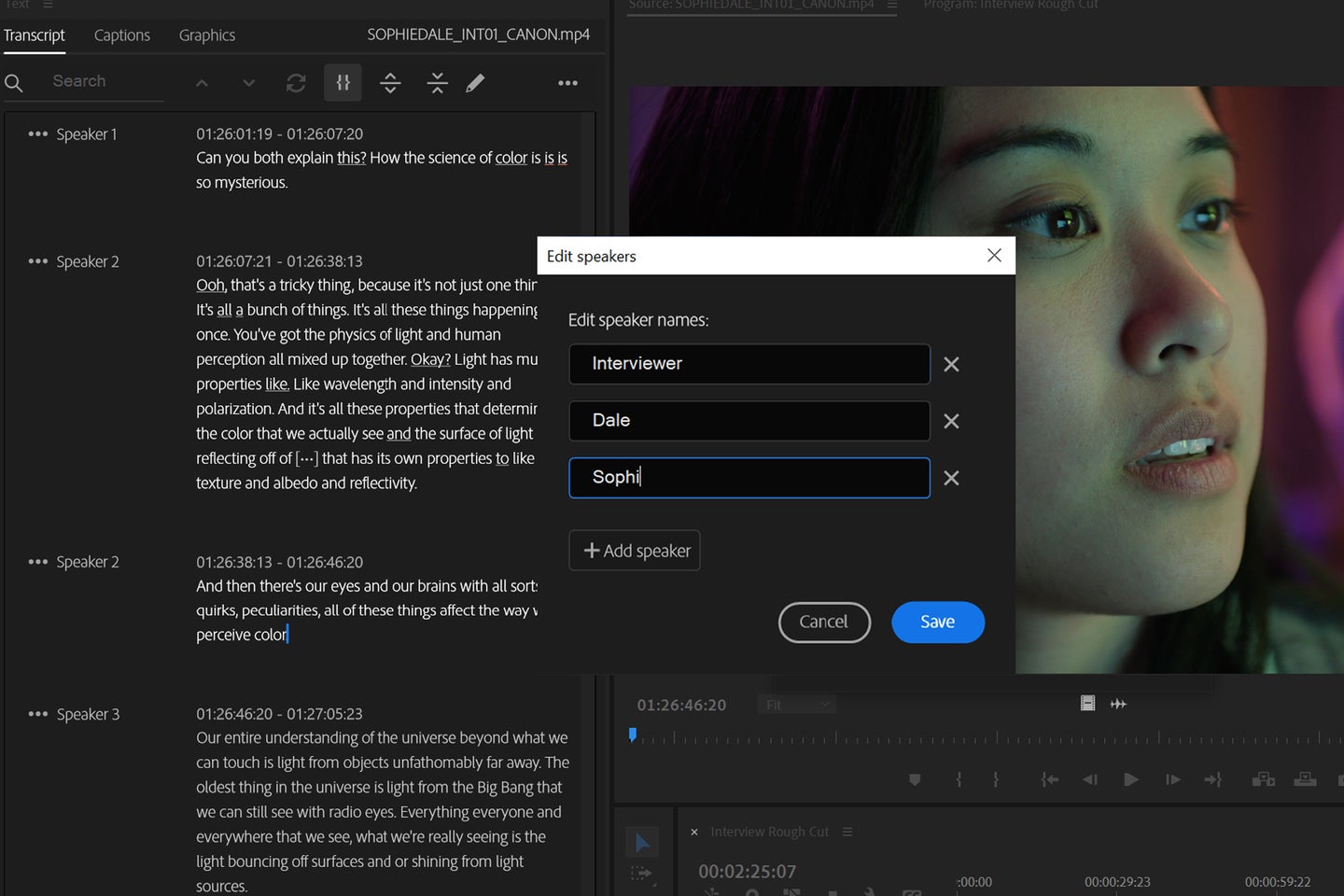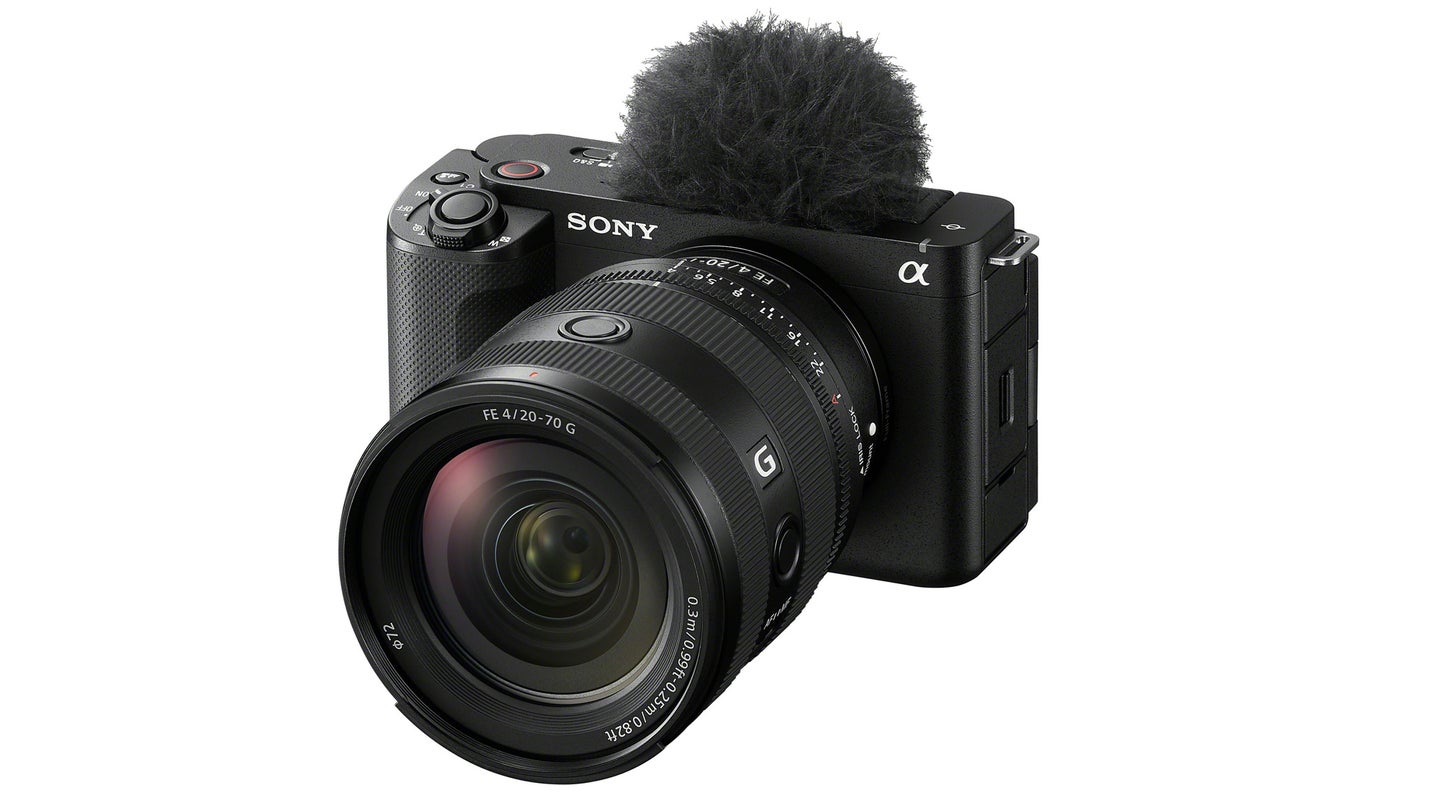Tips & Tricks

Seeing Through Photographs: A Critical Analysis of the Cultural Significance of Images
Paul Indigo Tips
 |
| Travelling in a taxi, Japan. Photo by Paul Indigo |
Marvin Heiferman, a curator and writer, has contributed to the Museum of Modern Art's online course, "Seeing Through Photographs." In this course, Heiferman offers a unique perspective on photographs, arguing that they are not just visual representations of reality but are also cultural artefacts that reflect the beliefs, values, and social conditions of their time.
Photography has been around for almost two centuries and has become an essential part of our daily lives. It is a tool we use to capture and document the world around us, but it is also a medium that shapes how we see the world. According to Heiferman, photographs are not just images but also cultural artefacts that carry meaning and reflect the context in which they were created.
Heiferman's view on photography is that it is a product of its time and reflects the values, beliefs, and social conditions of the society in which it was created. Therefore, to fully understand a photograph, one needs to analyse and interpret it based on its content, style, and intended audience. He emphasises that the context in which a photograph was taken is crucial to understanding its meaning.
For example, a photograph taken during the civil rights movement in the United States can be analysed for its content, style, and intended audience. The photograph's content may depict a protest or demonstration. At the same time, its style may reflect the visual language of the time, such as black and white or high contrast. The intended audience could be anyone following the civil rights movement at the time, including activists, journalists, and the general public.
Heiferman also encourages viewers to consider how photographs can be manipulated and how this affects their meaning. Manipulation of photographs can be intentional or unintentional and occur during capturing or developing the image. Heiferman emphasises that these manipulations can significantly alter the meaning of a photograph.
For example, a photograph that has been cropped or edited may convey a different message than the original image. The context in which a photograph is presented can also affect its meaning. A photograph displayed in an art gallery may be interpreted differently than one used in a news article.
In conclusion, Heiferman's view on "Seeing Through Photographs" emphasises the importance of critical thinking and contextual analysis when interpreting photographs as cultural artefacts. He encourages viewers to analyse and interpret photographs based on their content, style and intended audience and to consider how photos can be manipulated and how this affects their meaning.
In today's world, where photographs are abundant and easily accessible, it is more important than ever to understand the significance of photographs as cultural artefacts. We need to be aware of the context in which photos are taken and how they are manipulated to fully understand their meaning. Heiferman's perspective offers a valuable framework for approaching photographs as cultural artefacts and encourages us to be critical and thoughtful viewers of the images surrounding us.
I'm taking the Museum of Modern Art's "Seeing Through Photographs" course, and it is fascinating.
Thank you for reading. Please add your comments and share if you found this article valuable.Copyright 2023 Paul Indigo
https://linktr.ee/paulindigo

























